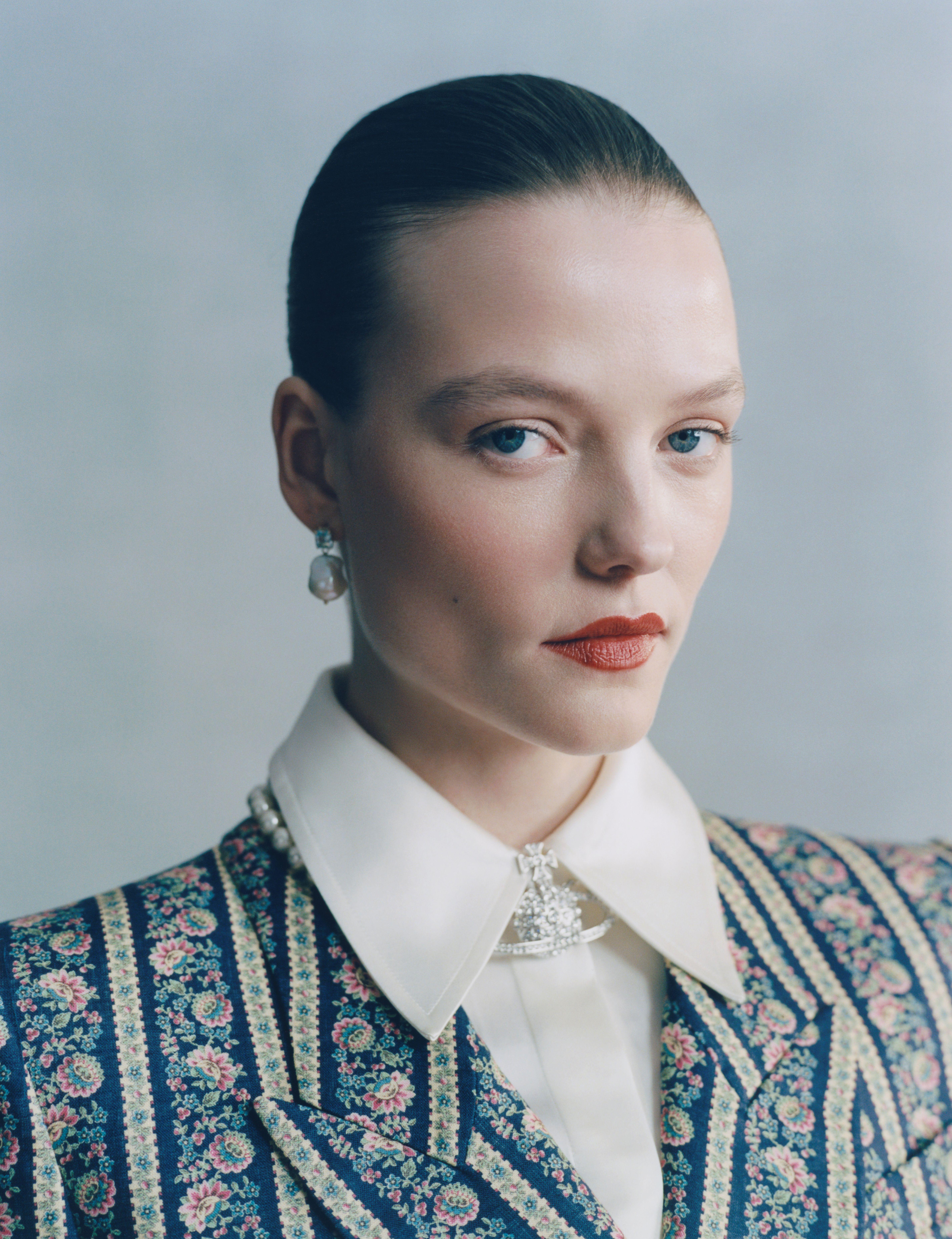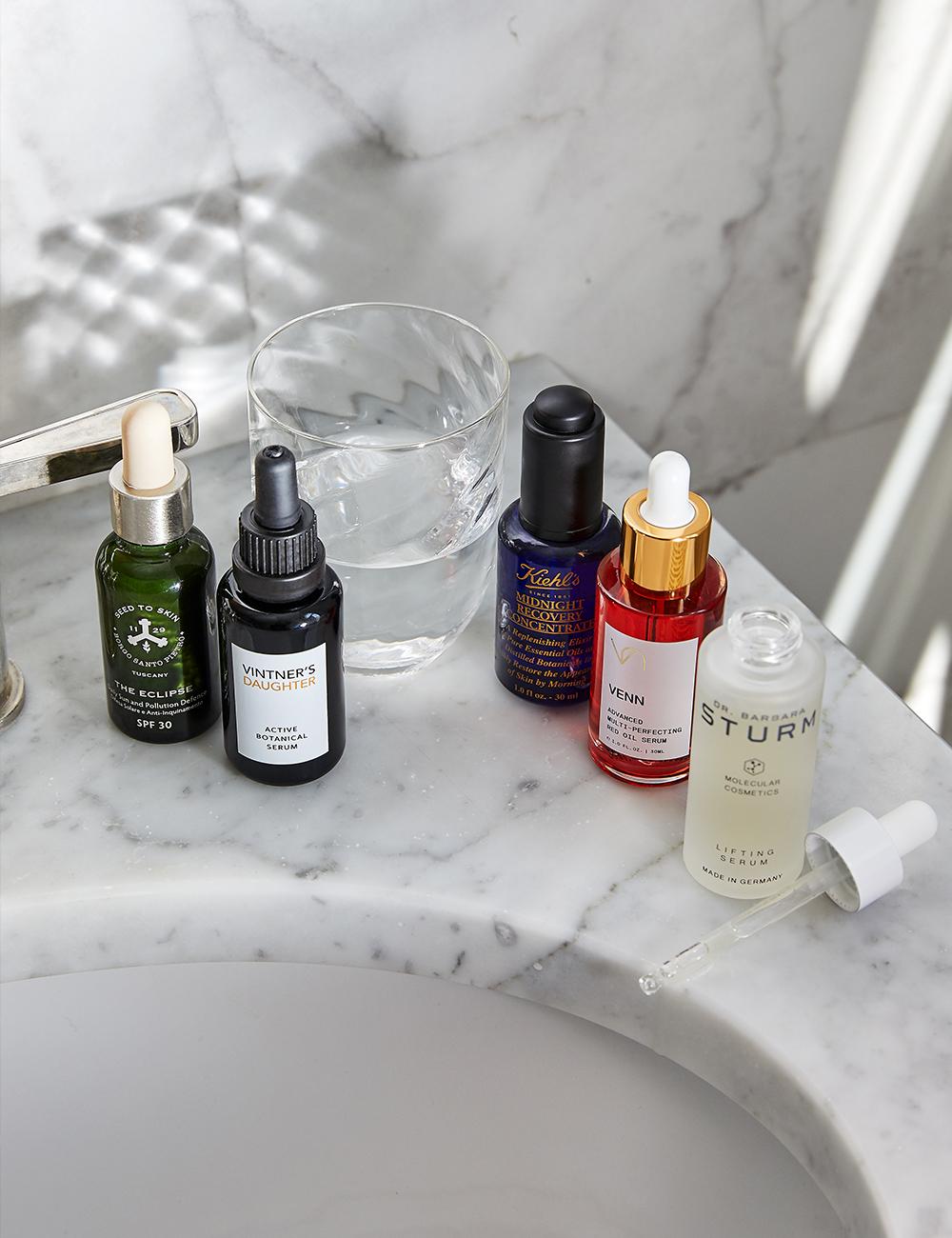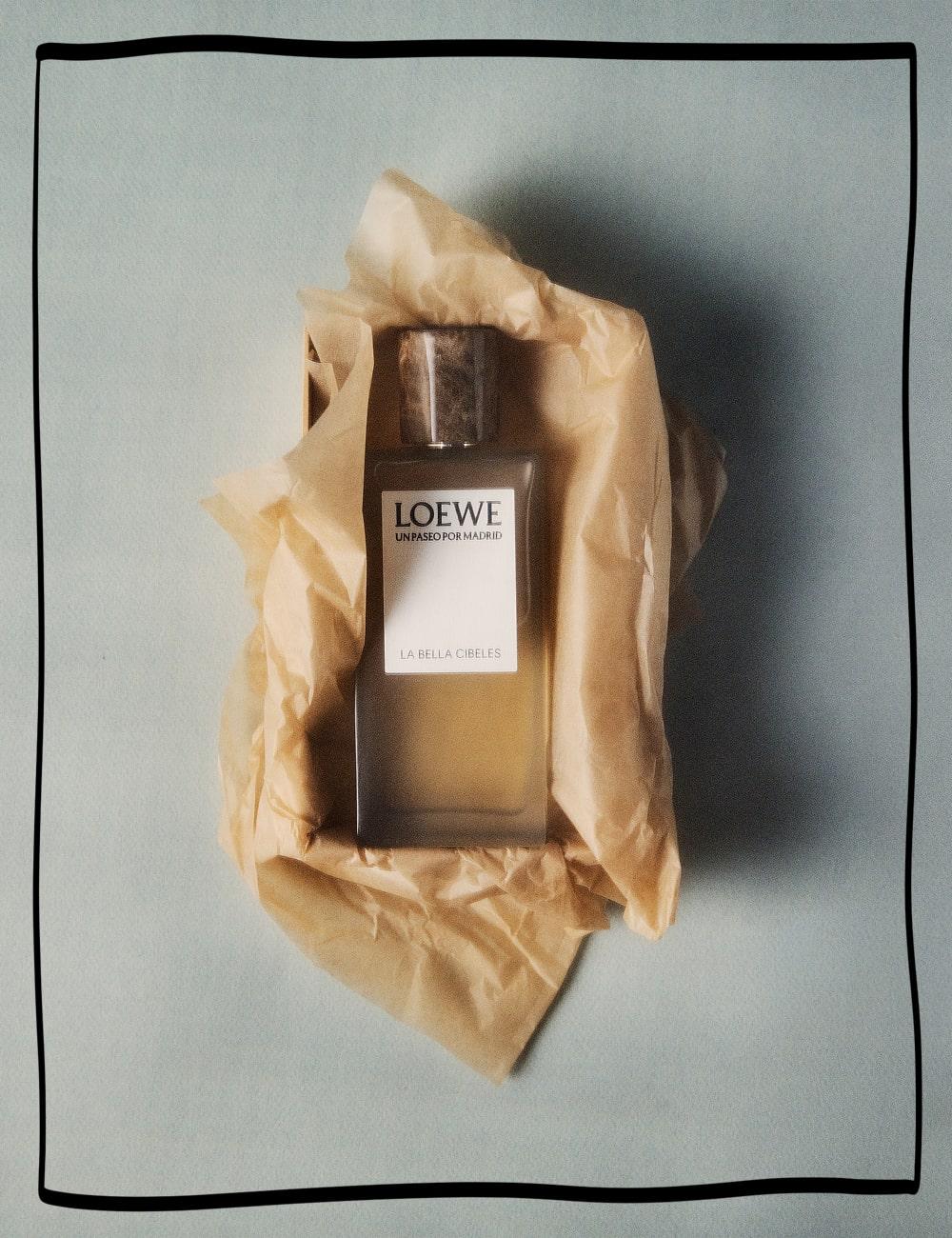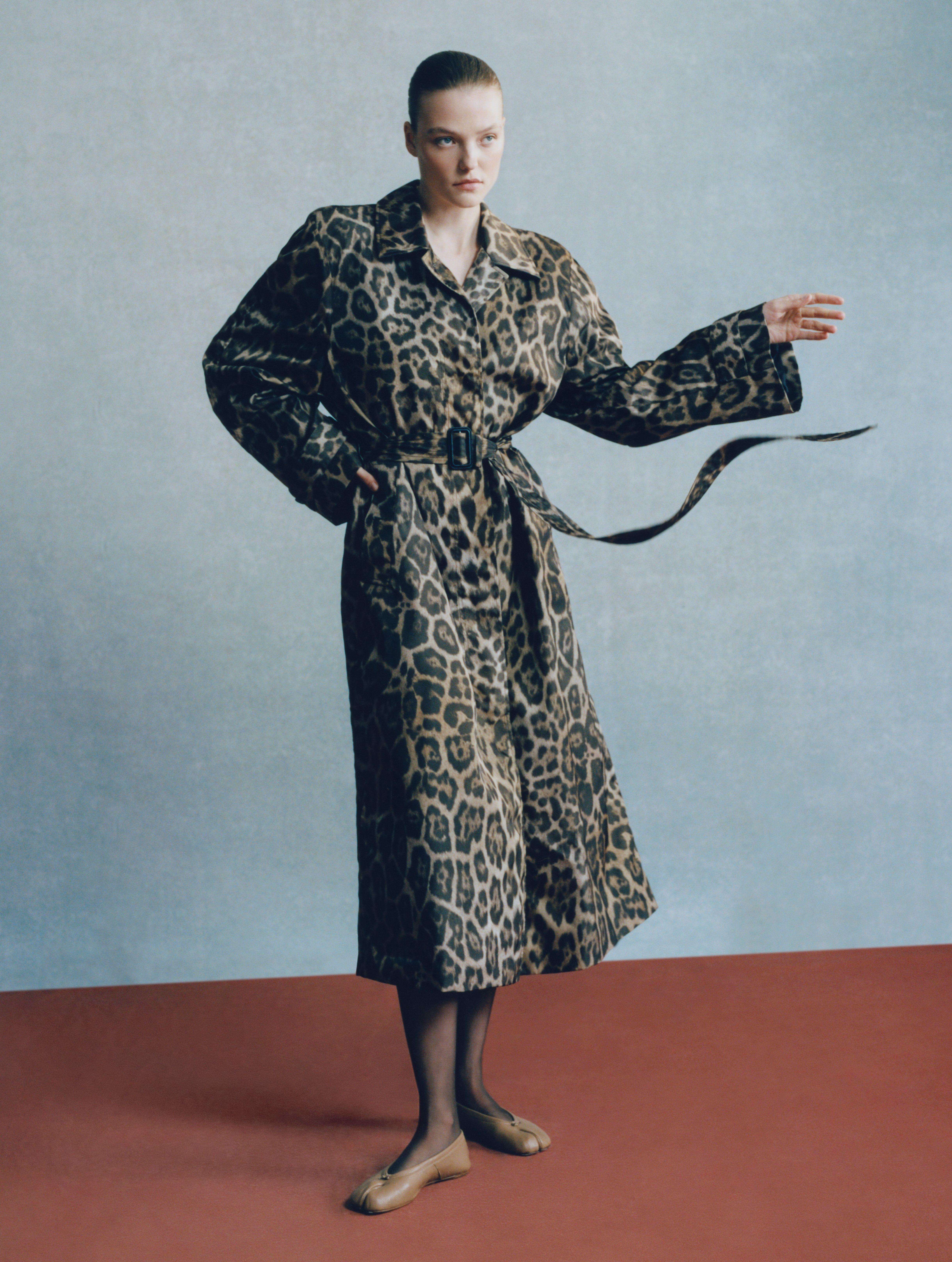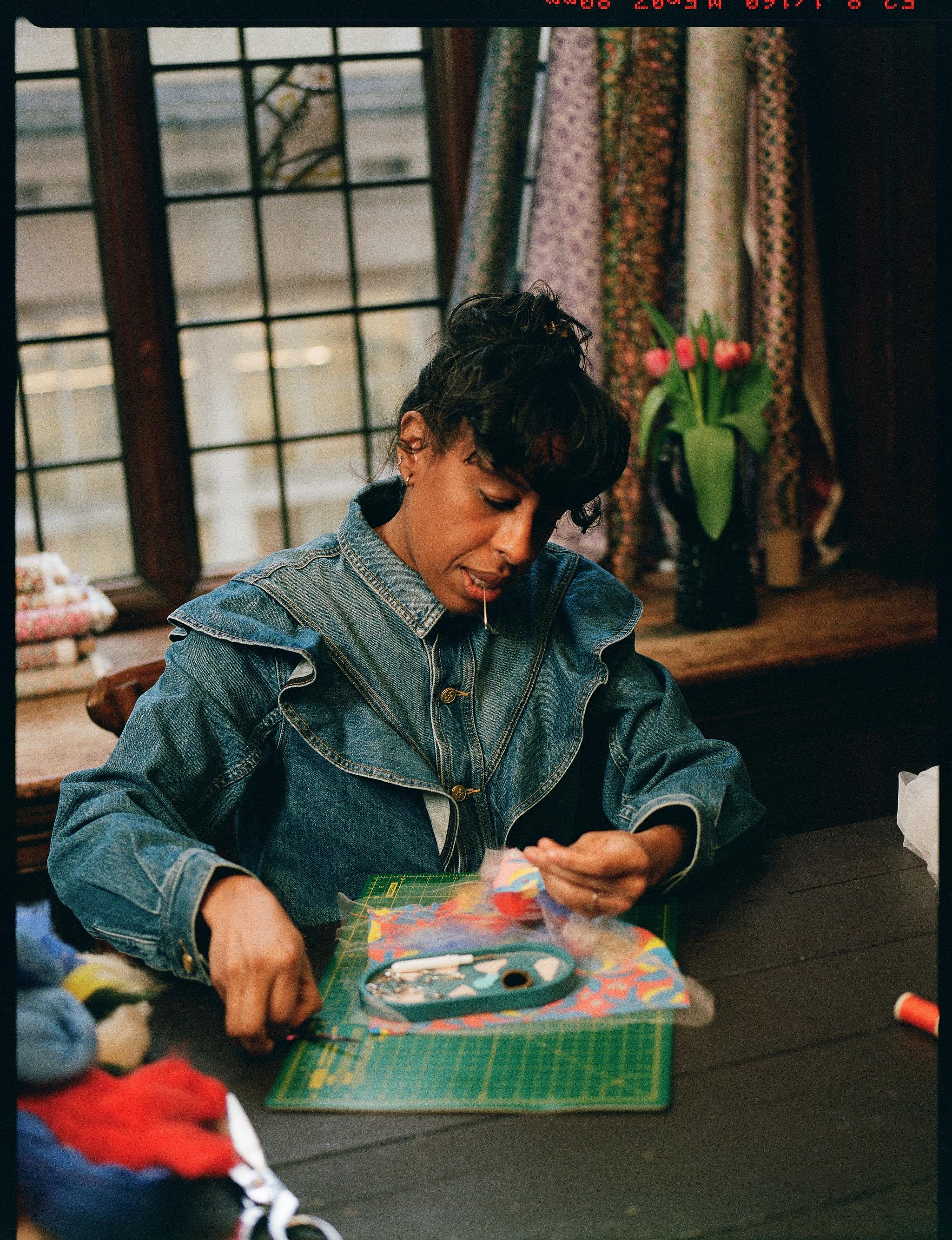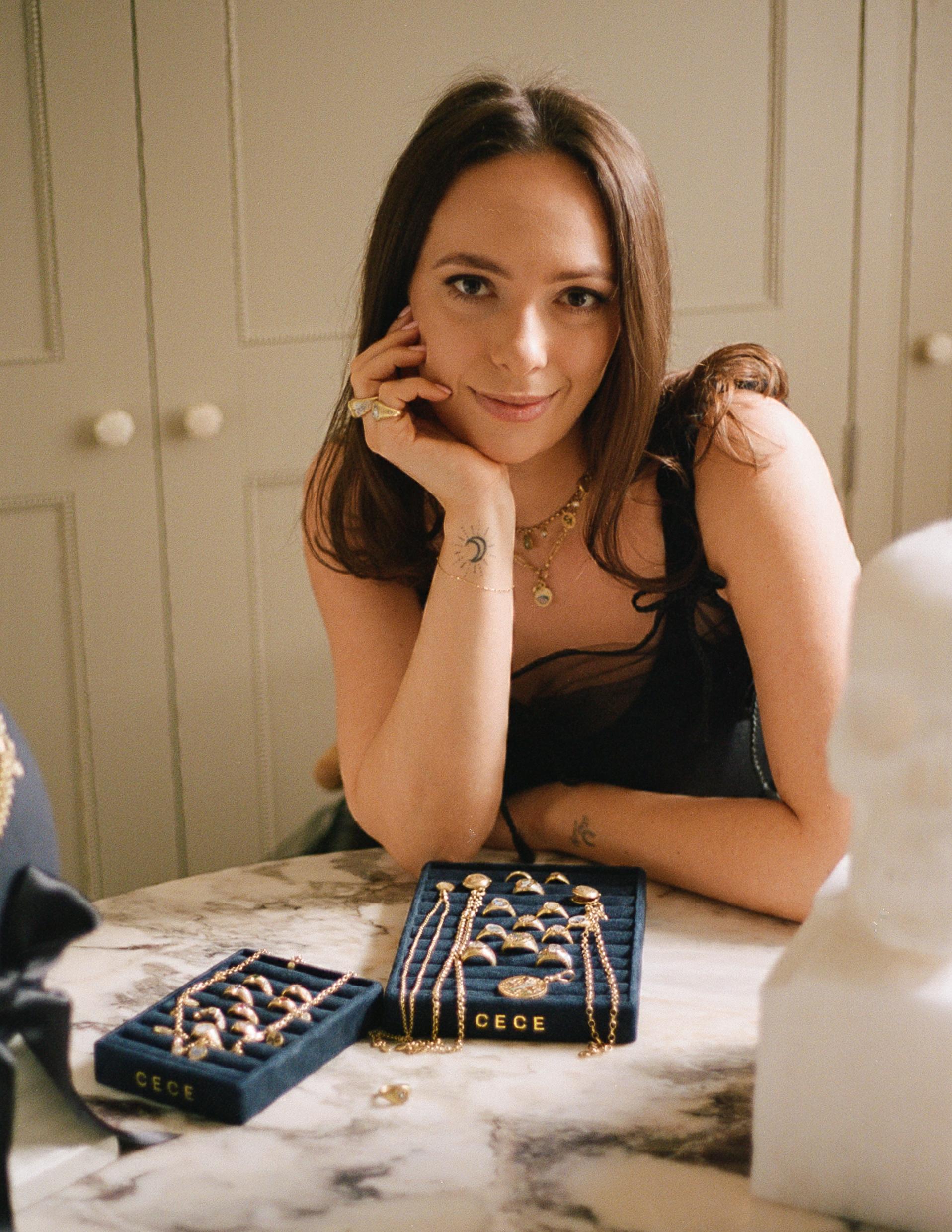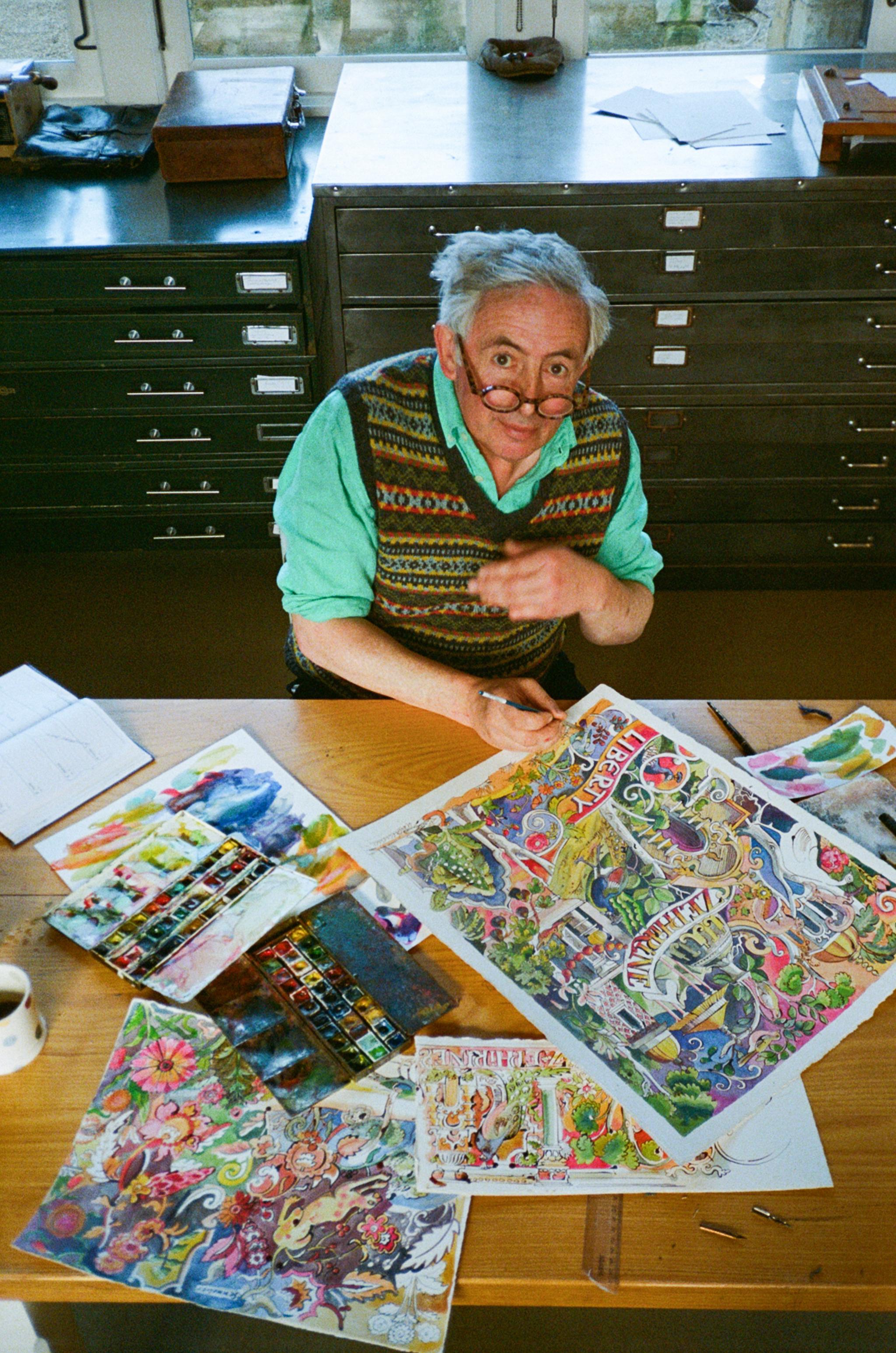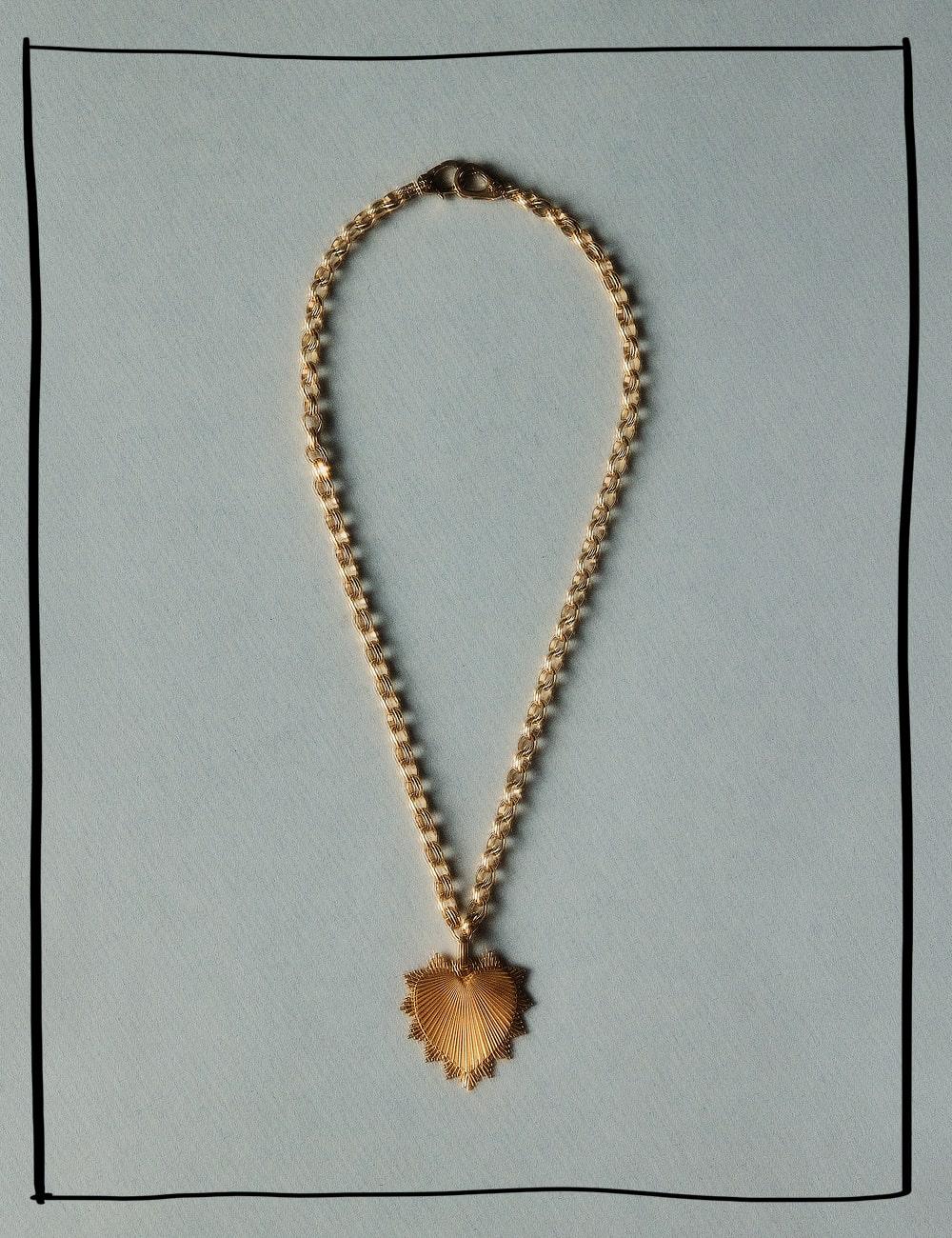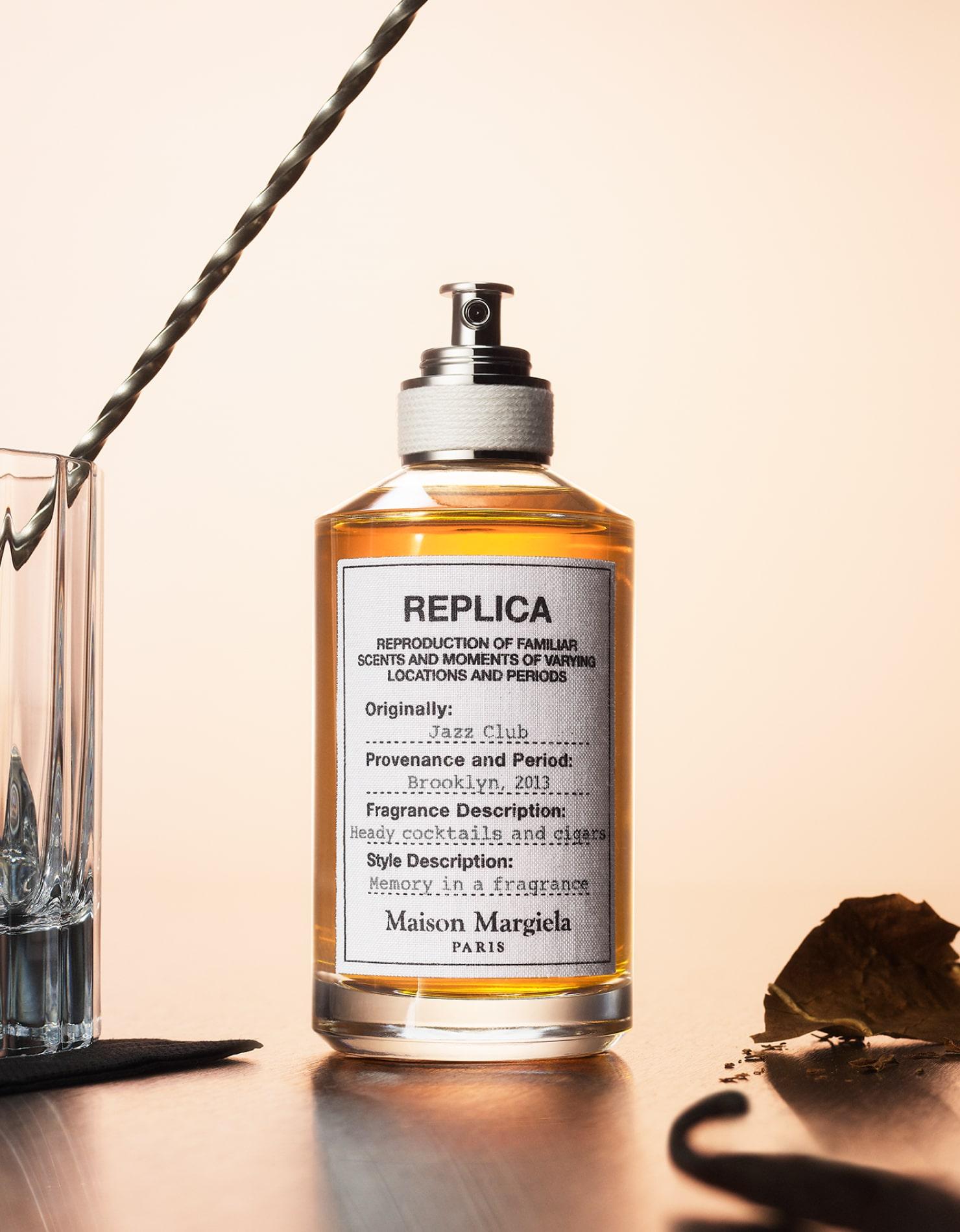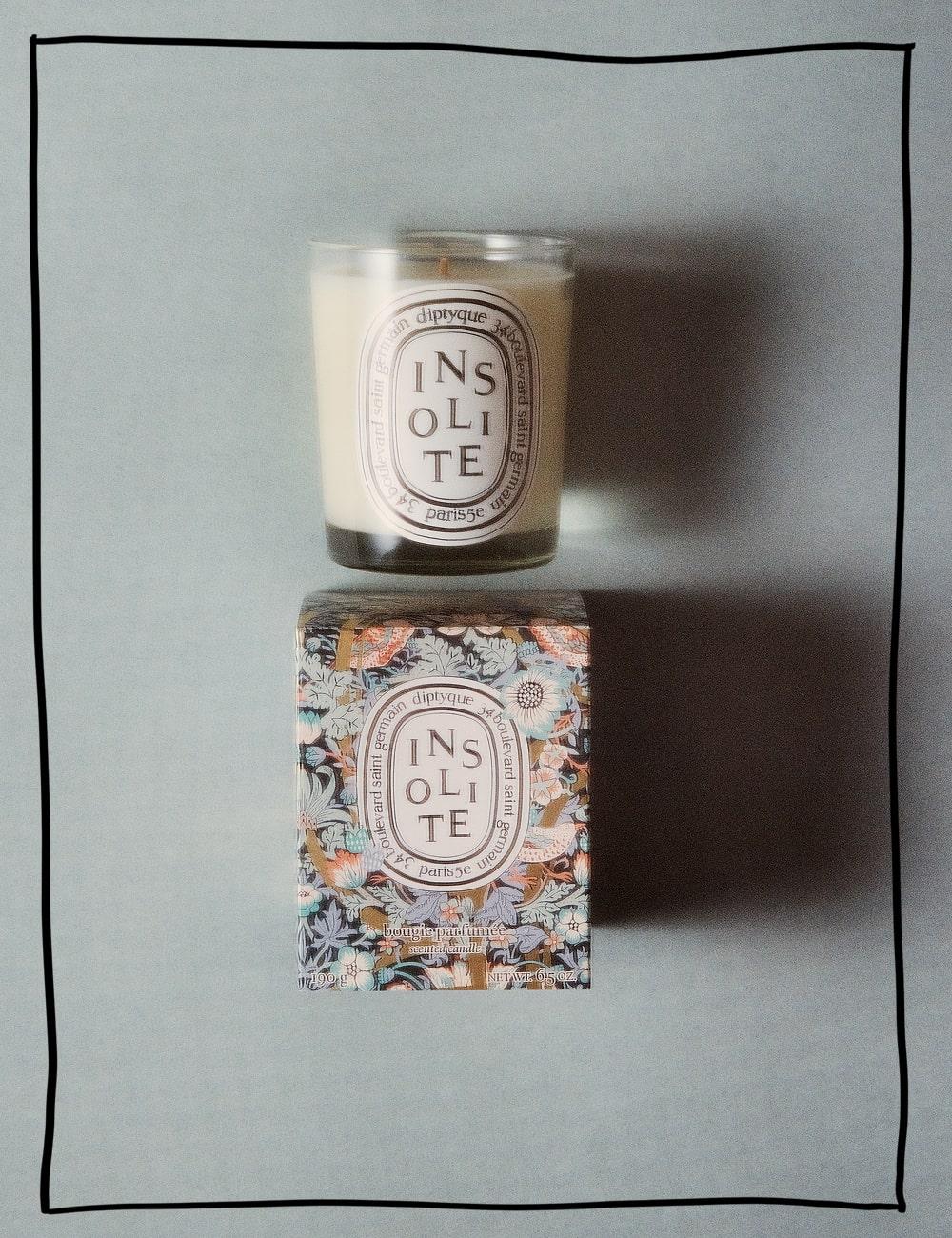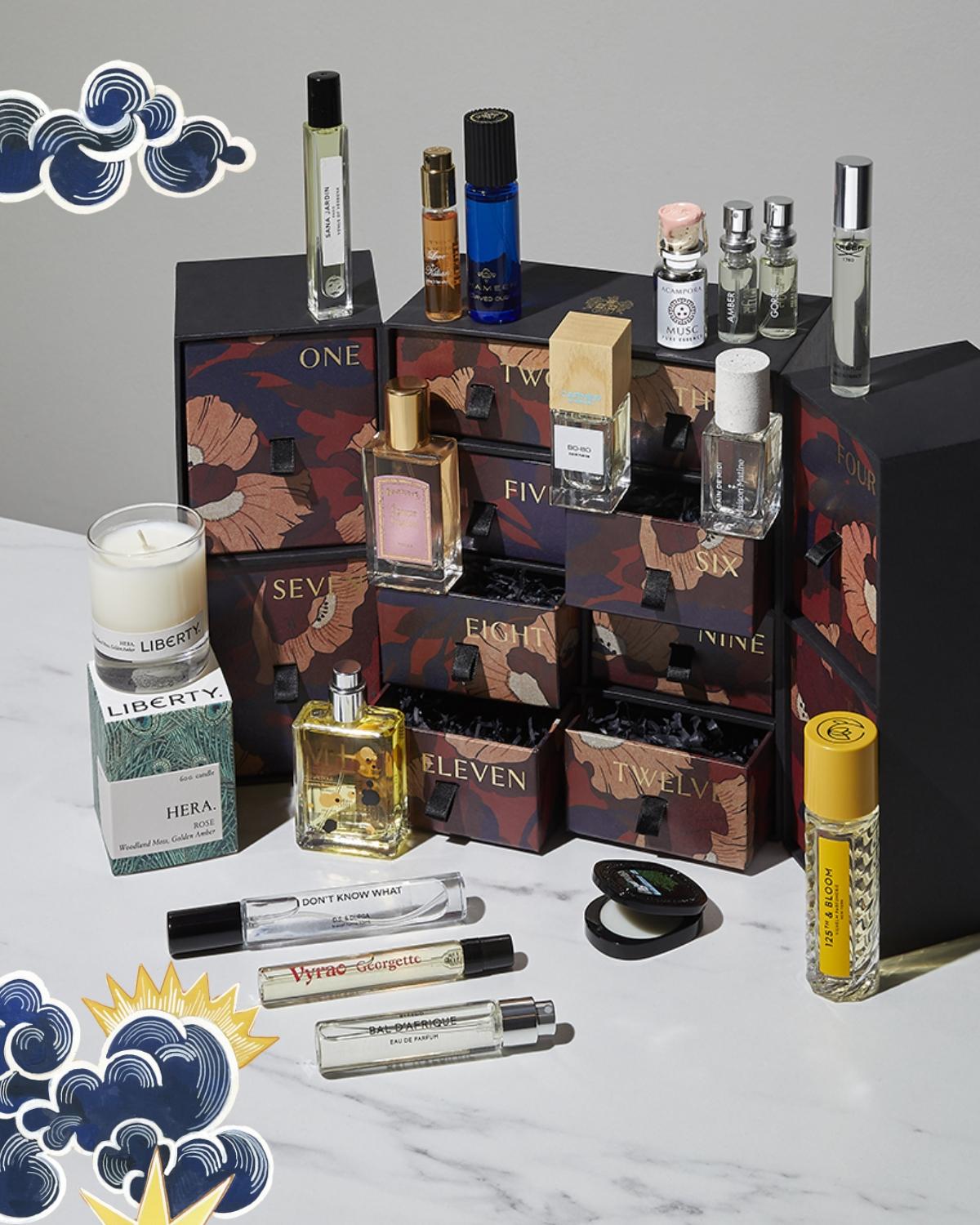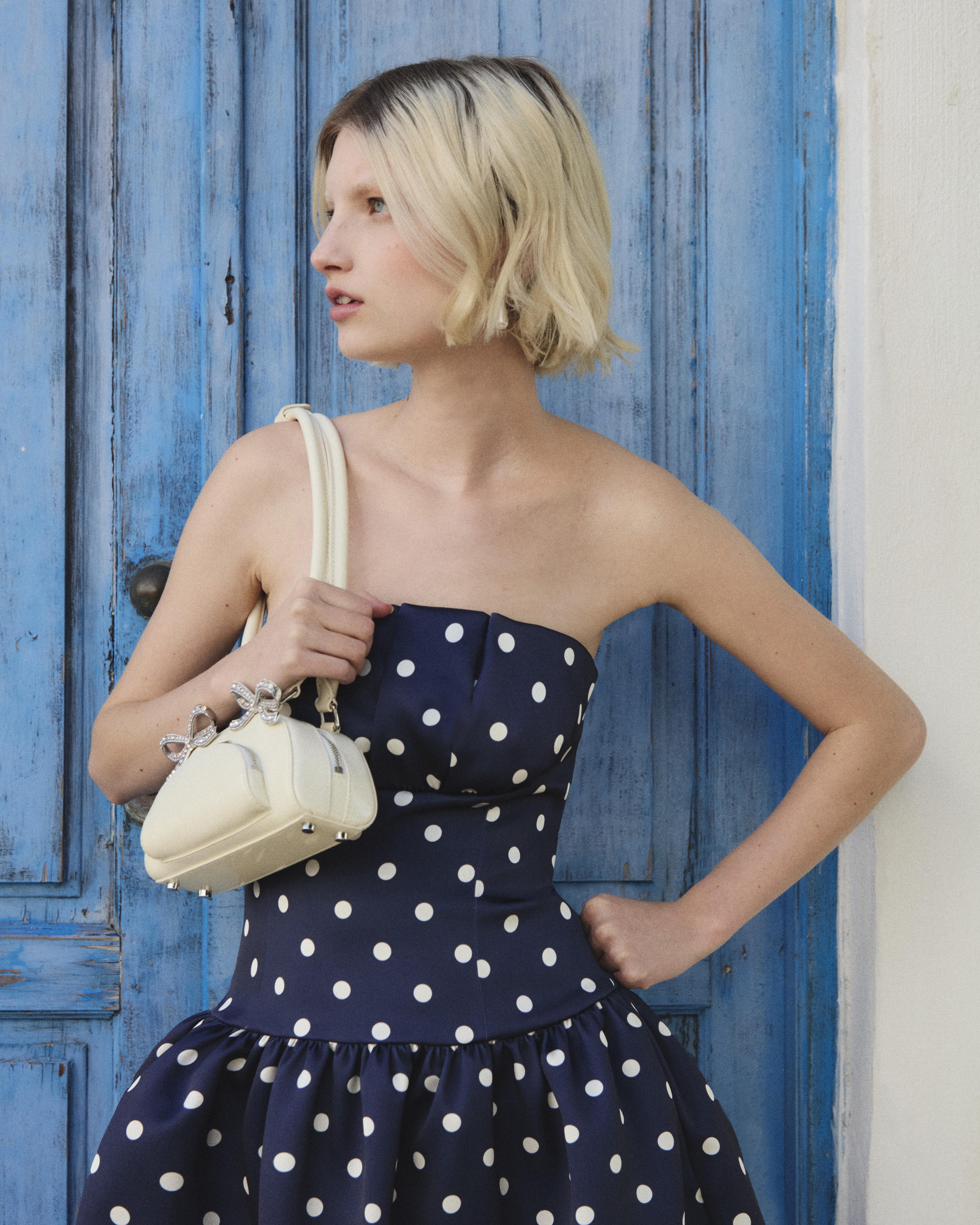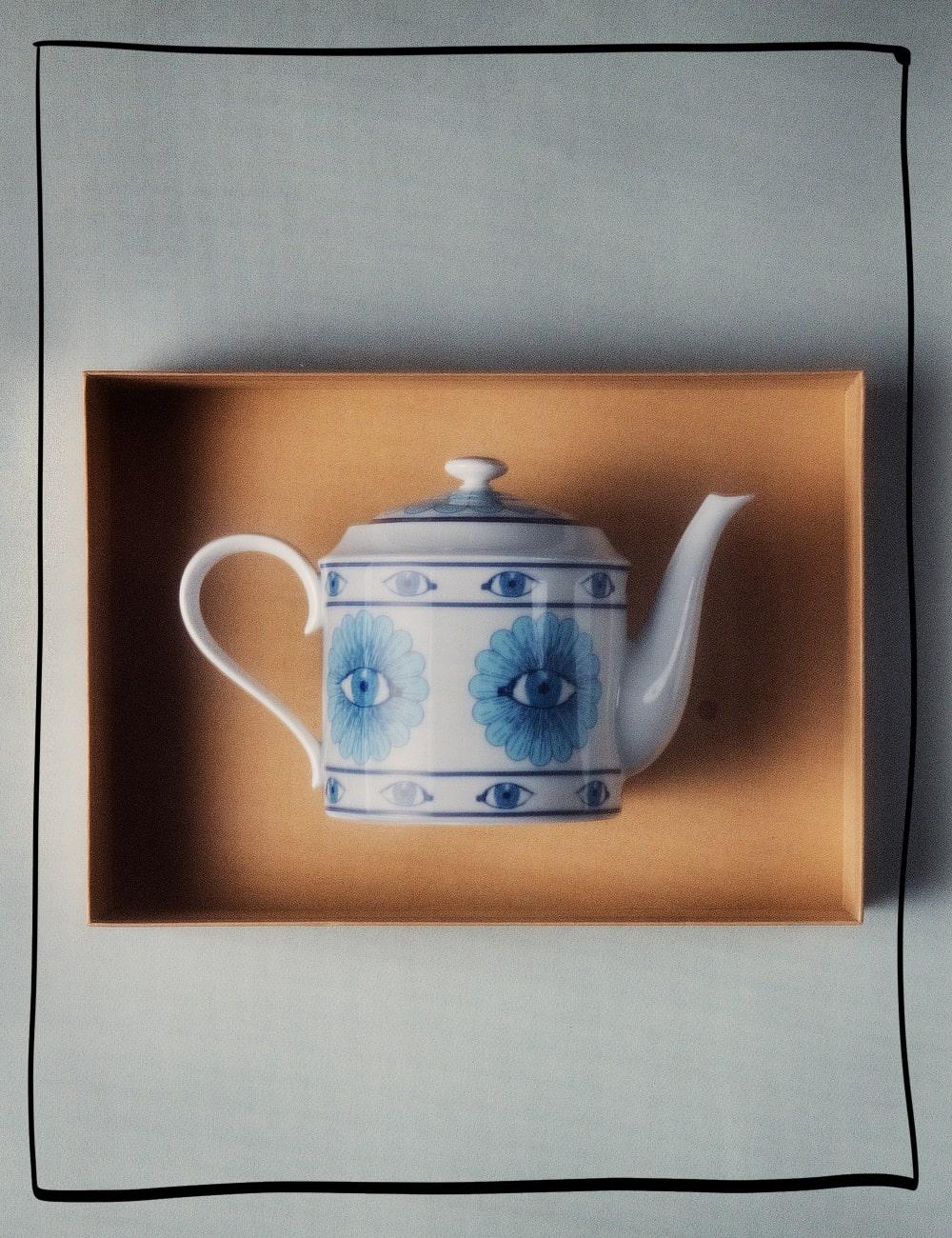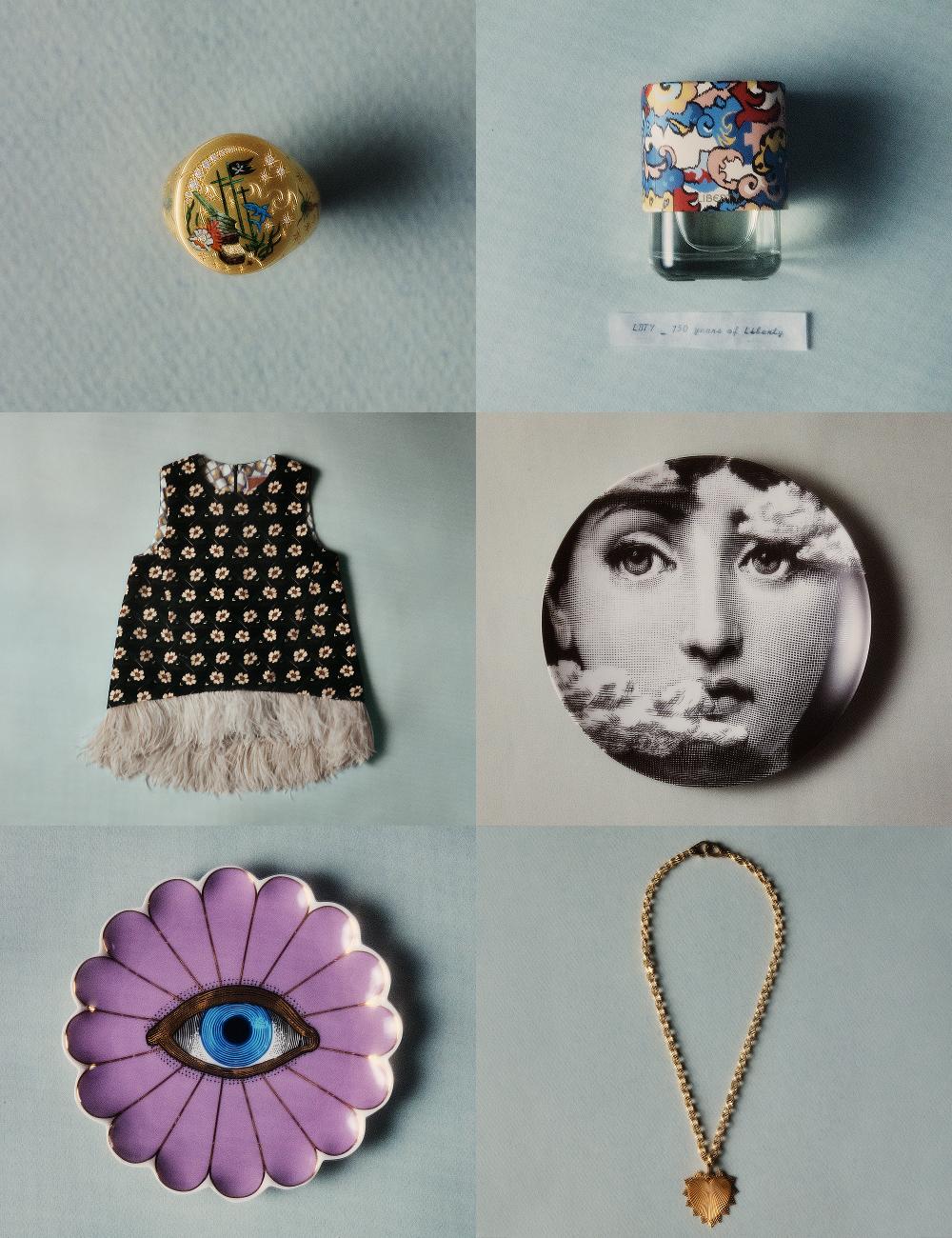Oud Alchemy: The Perfume Ingredient Loved For Millenia
A brief history of one of the world’s most ancient and beloved scents
Read more
Oud Alchemy: The Perfume Ingredient Loved For Millenia
A brief history of one of the world’s most ancient and beloved scents
Have you ever picked up a fragrance and been greeted with a distinctively rich, woody aroma? A deep, mysterious smell that seems to contain countless histories in a single spritz? That smell is oud, an ingredient which has been used in perfumery for thousands of years. The scent is often called ‘black gold’ or ‘wood of the gods’, and has a longstanding association with religion and royalty, favoured by those in power for its rarity and regal scent. It’s also a key note in Ianthe Oud and Hera Reigns, the hypnotic new duo from the print-inspired Liberty LBTY. Fragrance collection.
Where does oud come from?
Oud originates from the interior of Aquilaria trees. Despite its association with Middle Eastern fragrances, these trees aren’t native to the region - instead they grow in Indonesia, Thailand, Cambodia, Laos, Vietnam, Malaysia, Northeast India and other regions in South East Asia. Another surprising fact: Oud doesn’t actually come from the ordinary wood of these trees. Instead, it’s extracted from a new kind of wood, which forms when the tree is attacked by a parasite. To protect itself from the parasite, the tree produces a syrupy resin, which soaks the heartwood of the tree and creates agarwood. It is this fragrant agarwood that emits the oud scent.
What was oud originally used for?
Oud has been used for ceremonial purposes for millenia. Most of the Abrahamic holy texts mention ouds and their usefulness for ritual purification. According to JSTOR Daily’s Plant of The Month, agarwood is also namechecked in documents from the 17th Century Florentine Medici Court, and has been traced back to third Century China. From China it spread to Japan with the Buddhist monks, who burned agarwood during meditation. Legend has it that oud travelled to the Middle East along the famous Silk Route. There, it was employed for scenting hair, clothes, and the home - traditions which continue to this day.
Why is oud so popular?
The rarity of oud, and its unique fragrance profile, mean that it is synonymous with luxury and ceremony. Quite simply, it’s a very special scent. These days, oud maintains its popularity in contemporary fragrance culture. Alongside its historic associations, oud is also popular due to its longevity - it’s one of the fragrance world’s longest lasting base notes. The scent also has a calming effect, evidenced by its use in prayer and meditation rituals.
How is oud used in fragrance?
Perfumer Honorine Blanche describes oud as a “sophisticated partner” in perfumery. She uses it to add complexity to floral scents, as demonstrated by her latest fragrance, Hera Reigns, part of the floral oud capsule from Liberty LBTY. Nicolas Bonneville, the perfumer behind the second scent in the capsule, Ianthe Oud, describes the balancing act oud performs in the fragrance. “The iconic English Violet flower imparts an earthy green naturality and holds its own when contrasted with Oud wood which adds depth and together, they create a harmony of deep, leathery sensuality.”
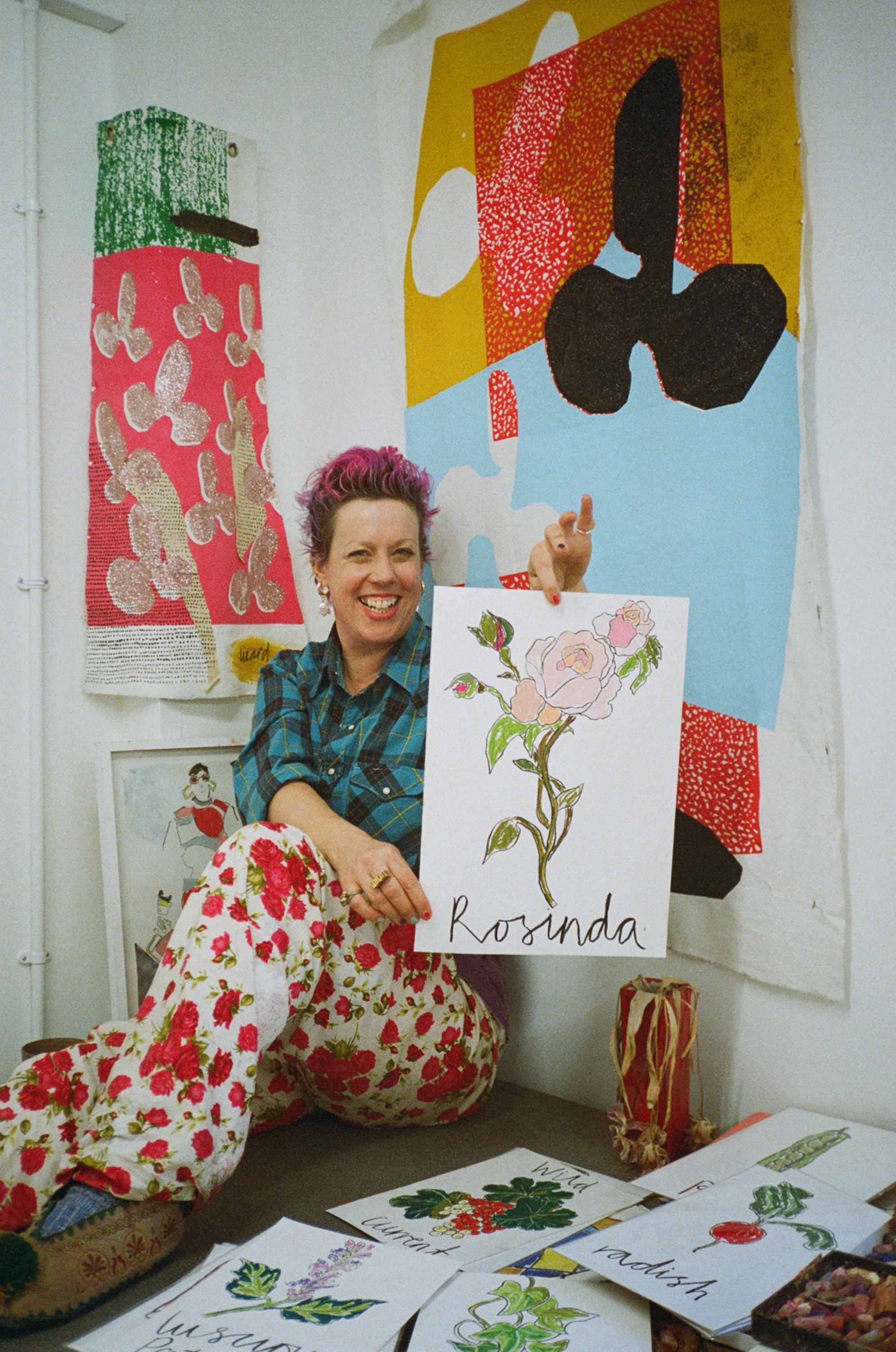


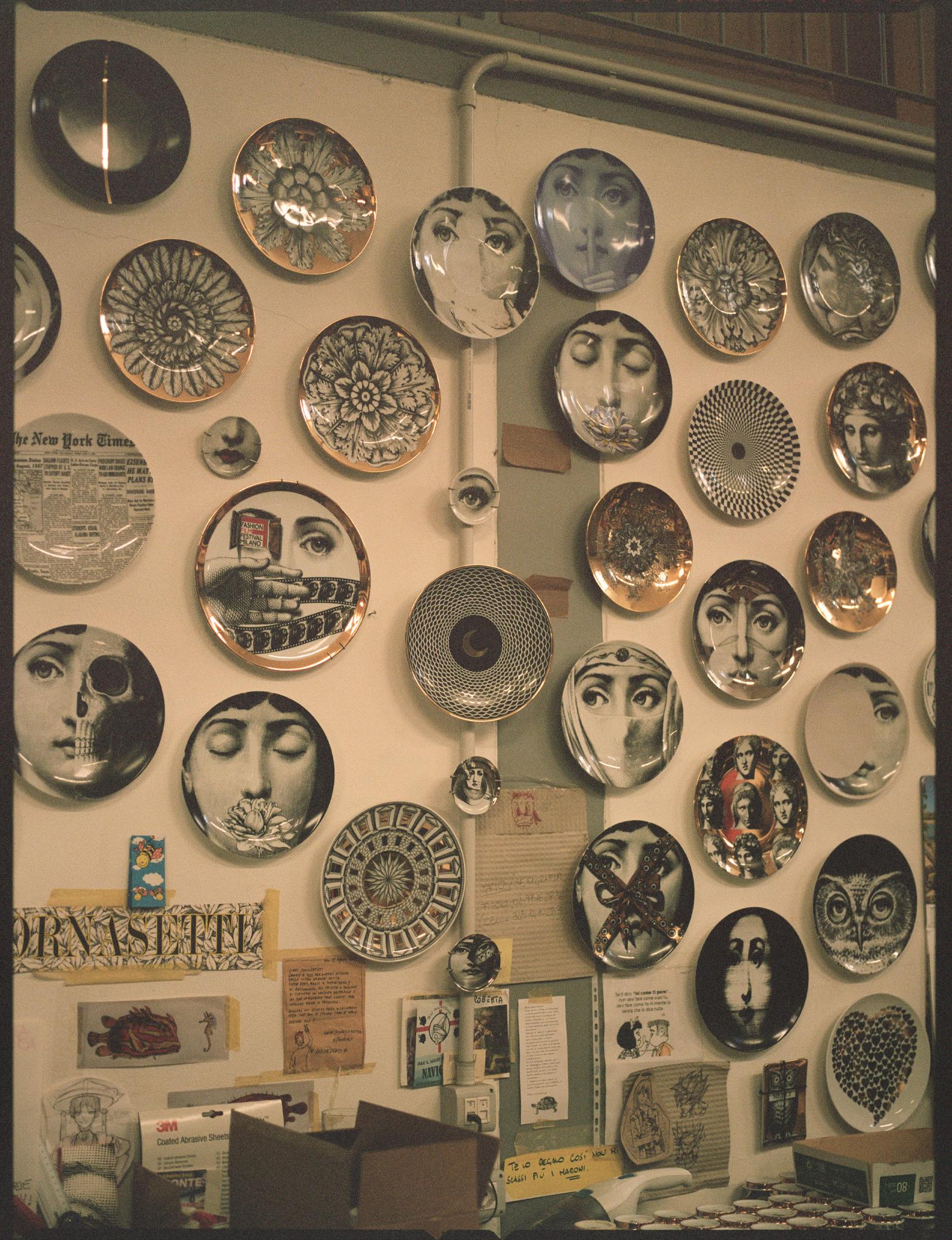
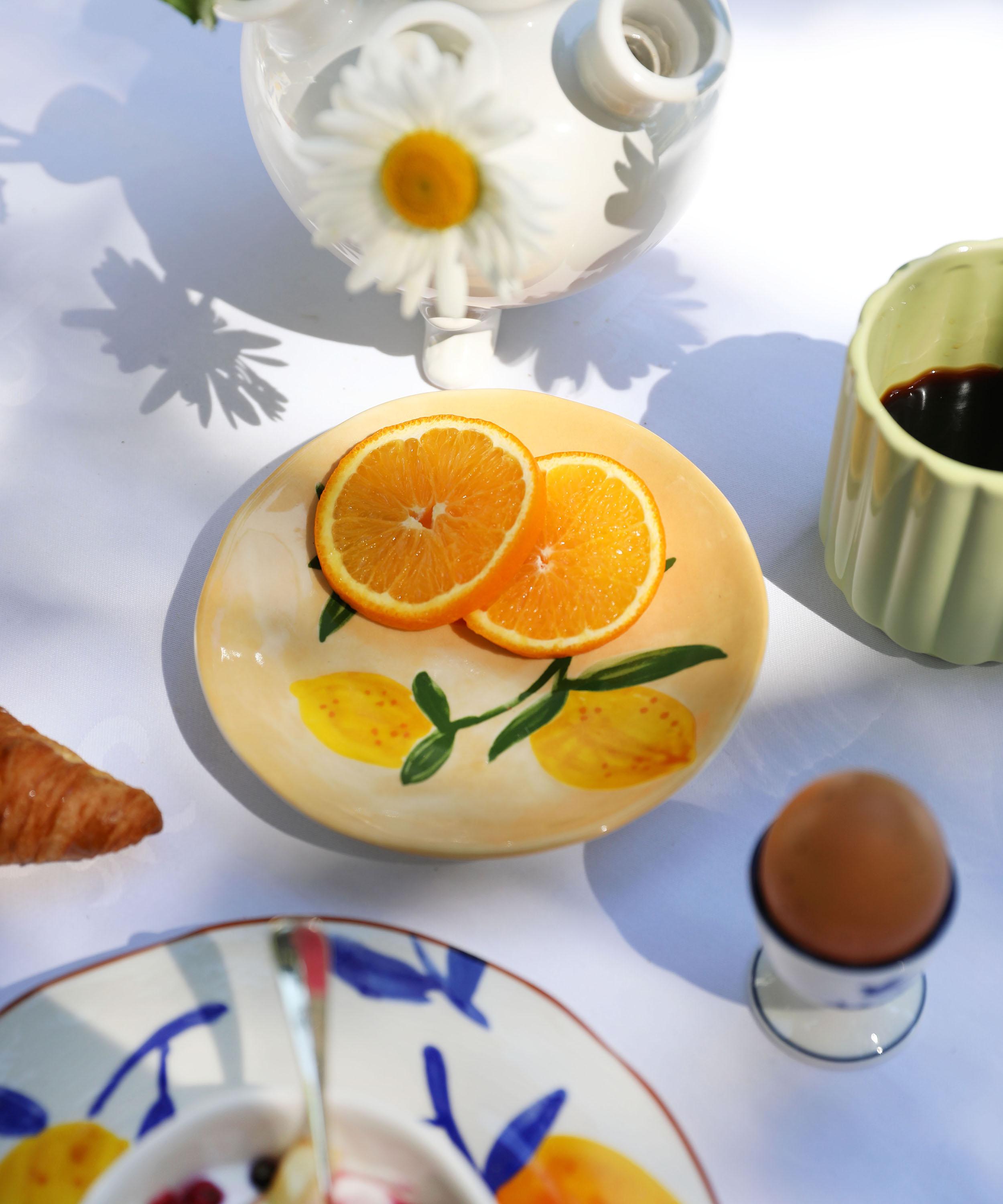

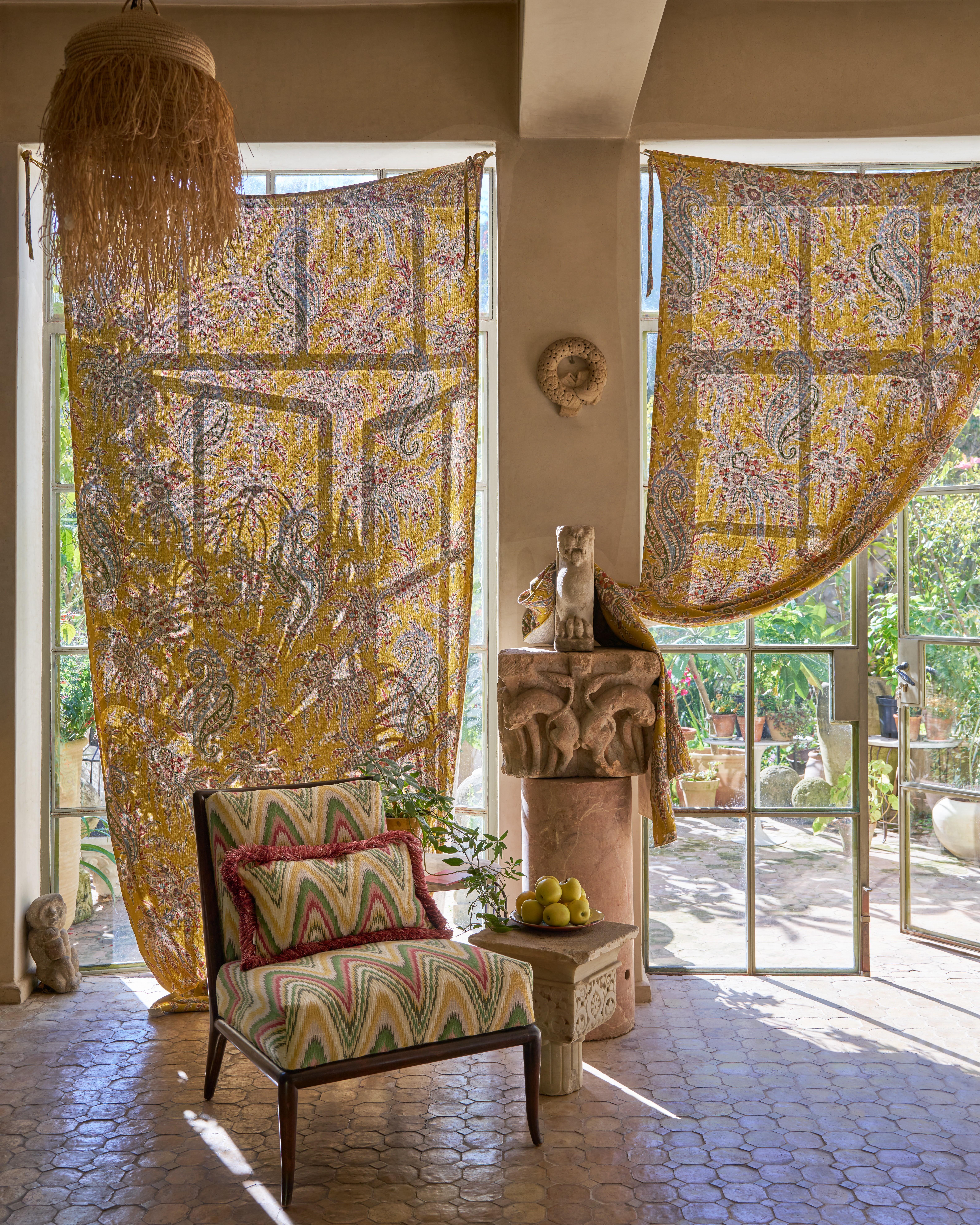


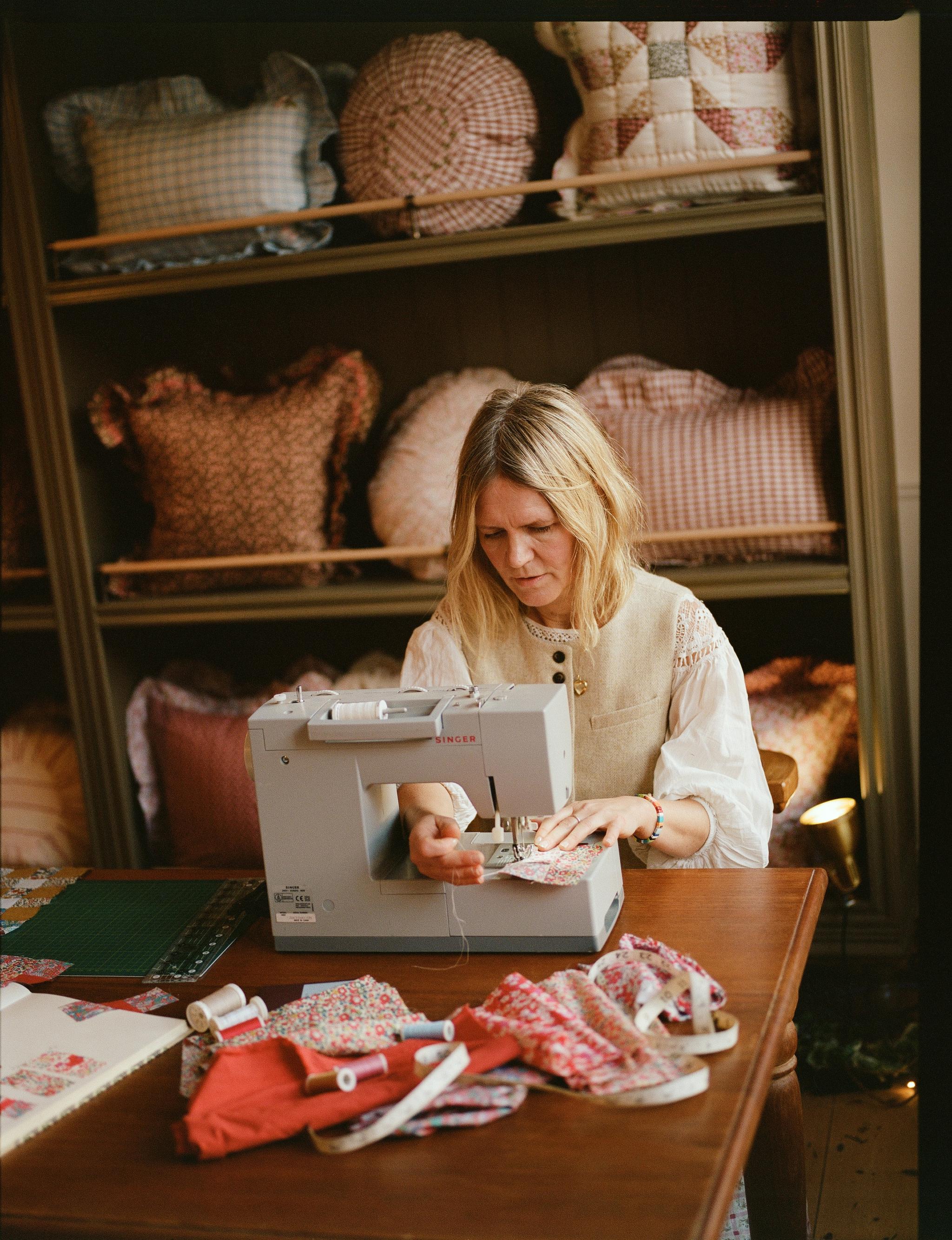



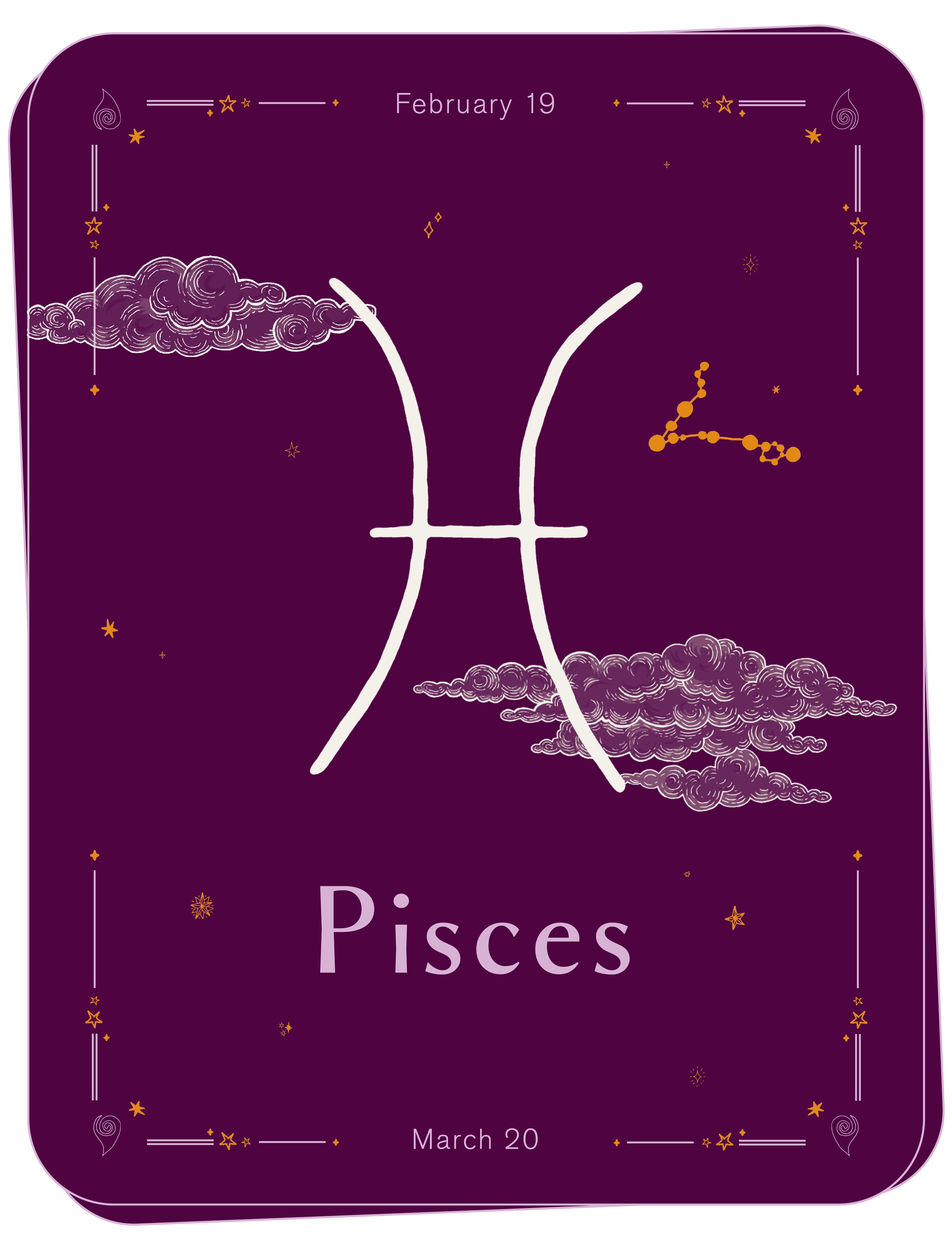
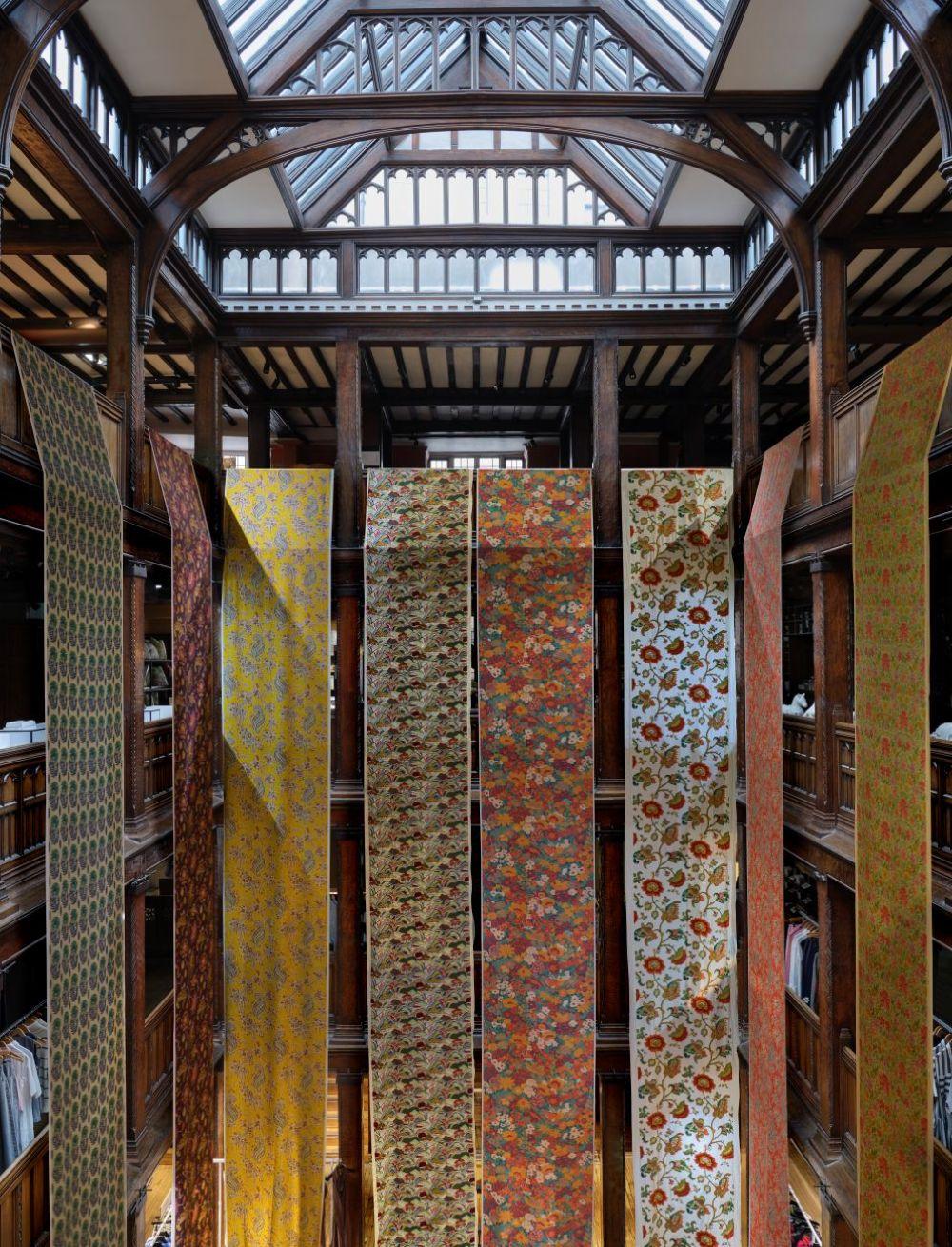

?fmt=auto&qlt=default)
